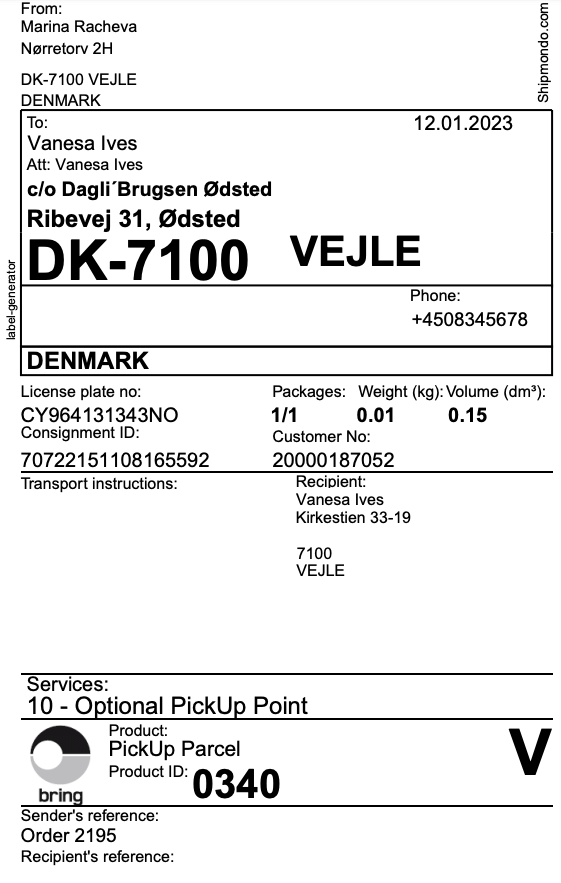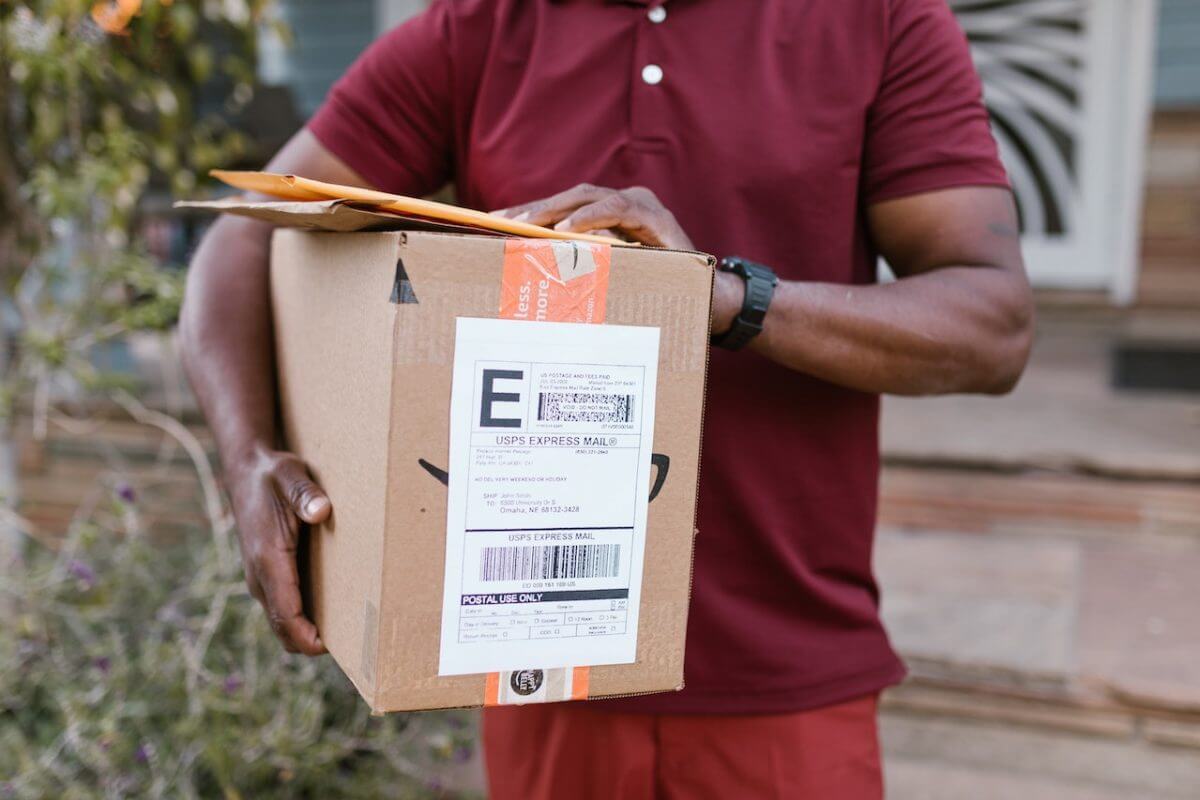Shipping labels are an essential part of the e-commerce process, whether you’re running a small online store or a large multi-channel operation. They provide a convenient and efficient way to package and ship your products to customers, and they can also help to streamline your shipping process.
What Is In A Shipping Label?
You may have seen shipping labels before, but you may not know exactly what they are. Shipping labels are the primary way to communicate with your customers, so it’s important that they’re clear and easy to read. They must contain all the necessary information to get your package delivered safely and securely.
The most important parts of a shipping label include:
- Name and address of the shipper. This is usually your business name, along with your street address and phone number. Some companies also include their email address or website URL here, but this isn’t always necessary—you can put this information in other places on the label as well.
The recipient’s name and address. This is where you’d list your customers’ names if they gave you one when they placed an order online. If there are multiple people receiving a single package from you at once—like in a family situation—each person’s name goes here separated by commas like “John Smith”, “Jane Doe”, etc. The receiver’s address goes here too; it should be legible so that UPS/FedEx/USPS workers won’t have trouble delivering packages to their correct destinations.
The weight of the package so that it can be properly weighed on a scale at some point along its journey
- Shipping origin. In this section you’ll find details about how far away from home base (eBay headquarters) items were shipped: what state/province/county within Canada/USA where each item was picked up by courier before being transported thousands of miles away across borders into foreign countries around the world? Or perhaps only ship within city limits making them easier to track down using a GPS tracking system?
How to create a shipping label?
If you’re running an online store, you have a few different options when it comes to shipping labels.
- One option is to create your own shipping labels using a word processing or design program. This can be a cost-effective solution, but it can be time-consuming and may not offer all of the features that you need.
- Another option is to use a shipping label generator tool. These tools allow you to create professional-looking shipping labels quickly and easily. Many of these tools offer a variety of templates and customization options, so you can create labels that match your brand’s aesthetic. Some even offer features like automatic tracking and delivery notifications.
- A third option is to use a shipping label service. These services provide you with pre-printed shipping labels that you can use to package and ship your products. This can be a convenient option, but it may be more expensive than creating your own labels or using a label generator tool.
Regardless of which option you choose, there are a few key things to keep in mind when it comes to shipping labels for your online store. First, make sure that your labels are clear and easy to read. This will help to ensure that your packages are delivered to the correct destination. Second, consider including tracking information on your labels. This will allow you to keep track of your packages as they make their way to your customers. Finally, make sure to follow all of the relevant laws and regulations when it comes to shipping labels, including any requirements for labels on hazardous materials.

In Conclusion
Shipping labels are an important part of the e-commerce process, and there are a variety of options available for creating and using them. By carefully considering your needs and budget, you can choose the shipping label solution that works best for your online store.

